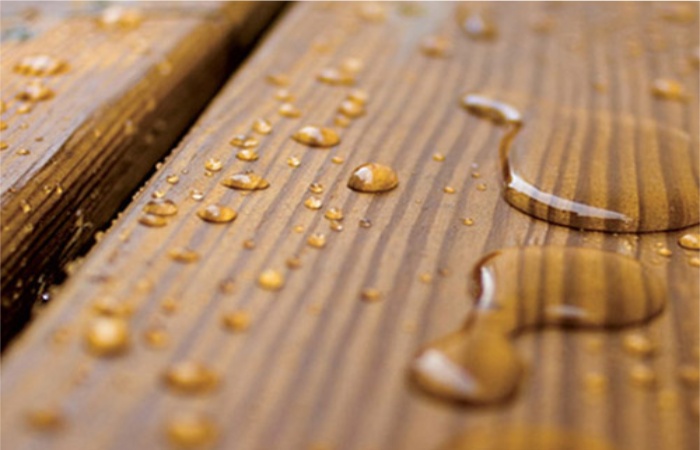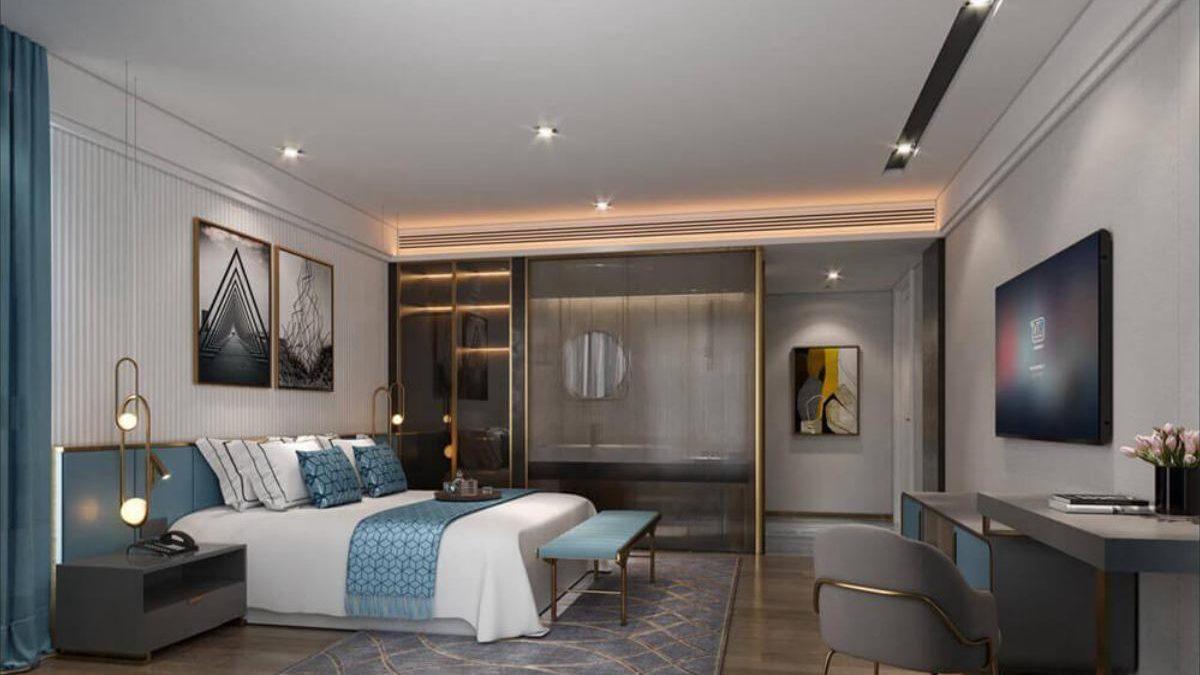Everyone may think it is normal In the rainy season, but much furniture will damage some relatively humid places. The air humidity is high, and the humid environment often adversely affects the hotel furniture. It has become a top priority in the hotel industry, so do you know how to do moisture-proof work for hotel furniture?

Here are some moisture-proof methods for protecting hotel furniture. This article also will let you know some techniques for moisture-proof, keep reading you will gain more useful knowledge.
Table of Contents
Use the Desiccant and quicklime
There are many hygroscopic boxes and dehumidification bags used for moisture-proofing in supermarkets, as well as dry items such as activated carbon, which can be placed in hotel furniture drawers, wardrobes, or corners to absorb moisture. But note that after using it for some time, you need to take out the material in the box or bag, put some lime or other bulk desiccant, and use it again. The dehumidification bags made of water-absorbent resin and charcoal are more suitable for places with less space, such as wardrobes, shoe cabinets, and other closed spaces where a bag can hang.
The leather furniture smears nursing oil
As we know, when leather furniture is wet for a long time, it will be seriously affected. It is easily deformed, or the colored leather surface fades after being wet, and it easily shows mildew when the humidity exceeds 90%. For leather furniture, it’s not only genuine leather but also artificial leather that has the same results. It is best to apply special mink oil, lanolin, leather oil, etc. For maintenance on its surface after dusting, it can soften the leather, play a moisture-proof role, and protect the luster of leather furniture. If the surface of the leather furniture has been mildewed, you need to use a mildew remover to remove the rhizopus and apply leather conditioning oil.
Use vacuum cleaners for fabric furniture skillfully
The fabric is easily attached to dust, and daily dust removal should be done to avoid mildew in humid climates. Fabric furniture such as sofas and chairs should clean with a special vacuum cleaner. Also, use nice towels with good water absorption, this should clean frequently. If the common fabric furniture is damp, it can be dried with a hair dryer; if the workmanship is relatively fine, a professional vacuum cleaner should use to vacuum the dust and dry it. Many young families choose fabric furniture to create a small, refreshing, idyllic style. However, the cloth furniture is prone to discoloration when it is exposed to moisture for a long time, and the surface may appear macular or mildew. After being damp, the fabric will become brittle, the wear resistance will lose seriously, and it will be easy to wear.
Dry wooden furniture on schedule
For wooden furniture, the room needs to be ventilated regularly to allow the furniture to be naturally conditioned. However, it is necessary to reduce the time of opening windows as much as possible to avoid excessive indoor humidity and affect the use of wooden furniture on wet and rainy days. It can be wiped with a special wooden furniture cleaner on a dry cloth to form a protective film on the surface of the wooden furniture to prevent water vapor from penetrating the interior of the furniture to a certain extent. Once the furniture is found to be infested with insects, the furniture should be taken outdoors in a sunny climate, disinfected, and dried in time. Many wooden pieces of furniture have undergone a severe drying process before leaving the factory, but this does not mean they can protect from moisture. Most wood species do not have insect-proof and moisture-proof functions, except for some natural pest-proof results, such as teak, poplar, and camphor.
Last but not least method: place hotel furniture properly
The relative humidity of the place where the hotel furniture is placed should control at about 50%, and it should be as far away from the doors and windows as possible. If it is a bungalow, the hotel furniture must raise properly to prevent the legs from being damp and corroded; soft pads can also use to separate the hotel furniture from the ground contact part and, at the same time, keep the hotel furniture against the wall and the wall at 0.5-1 Centimeter clearance, to prevent the back of the hotel furniture from being corroded and deformed by moisture against the wall for a long time. If possible, you can also put metal sabots on the legs of the hotel’s loose furniture to isolate the ground moisture.

